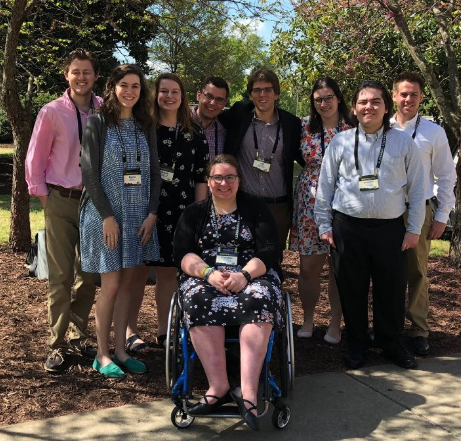
Honors Bachelor of Arts
Document Type
Capstone/Thesis
Faculty Advisor
hesis Director: Dr. Michael Sweeney; Readers: Dr. David Mengel, Dr. Thomas Strunk; HAB Course Director: Dr. Thomas Strunk
Date
2017-4
Abstract
The Catholic Church did not dogmatically define the list of seven sacraments until the Council of Trent in the 16th century, marking the culmination of hundreds of years of theological study and reflection upon sacraments. After the definition of seven, French theologians argued that the coronation of their king was an eighth sacrament. In this paper, I contend that Hincmar of Rheims, his theology of kingship, and the coronation rites that he compiled are likely responsible for the French claim. Hincmar was the Archbishop of Rheims from 845 until his death in 882. During his time as archbishop, he compiled four unique coronation rites: two for queens and two for kings. Hincmar’s are the oldest surviving coronation rites from continental Europe and they serve as the foundation of nearly all traditions of European coronations, including those of the French kings, the Holy Roman emperors, and still-reigning English monarchs. By closely analyzing Hincmar’s De Ordine Palatii (DOP) and his Ordo of Charles the Bald (OCB), I was able to determine that Hincmar likely believed his coronation rites to be sacraments. I argue that the DOP contains Hincmar’s theopolitical vision: an ideal conception of the Church and the king’s government working in tandem to bring about the salvation of souls. His theology is wrapped up in his politics and vice versa. This analysis yielded a unified understanding of the distinct offices of kingship and priesthood. The OCB shows, in practice, the theories of the DOP. By closely reading the OCB and the historical circumstances that surrounded the celebration, I was able to clearly highlight Hincmar’s two-fold understanding of coronation: there is the unction, the ostentatiously sacramental part of the rite wherein a man becomes a king in the sight of God, and the crowning, a purely juridical act wherein a man becomes a king in the eyes of his people. In parsing this distinction, I made two notable contributions to the secondary literature: firstly that Hincmar may have used the Old Testament precedent of Aaron’s ordination as inspiration for the rubric of his unction of Charles the Bald; secondly, that the actual crowning was not done by Hincmar, but by a group of bishops from the province of Trier. Hincmar’s attitudes and legal maneuvering, both in the DOP and OCB, can serve as the primary evidence that he believed his coronations to be sacraments. This fact becomes even more convincing when one considers the immediate effects of coronation rites after Hincmar’s death in 882 and Charles the Fat’s deposition in 887. When the Franks outlived the family that was meant to rule over them as their kings forever, the people and the clergy had to find a new way to establish the legitimacy of a monarch. Thanks to the work of Hincmar, that legitimacy came to be sourced in a sacrament of the Church: the sacrament of coronation.
Recommended Citation
Baxter, Doyle M.B., "The Eighth Sacrament? The Evidence of Hincmar of Rheims" (2017). Honors Bachelor of Arts. 20.
https://www.exhibit.xavier.edu/hab/20
Creative Commons License

This work is licensed under a Creative Commons Attribution-Noncommercial-No Derivative Works 3.0 License.
Included in
Ancient History, Greek and Roman through Late Antiquity Commons, Ancient Philosophy Commons, Classical Archaeology and Art History Commons, Classical Literature and Philology Commons, Other Classics Commons

